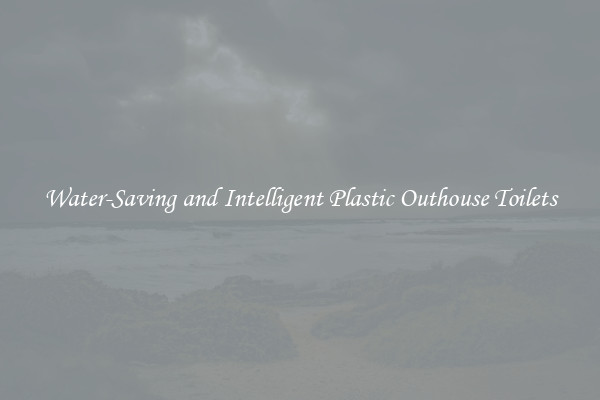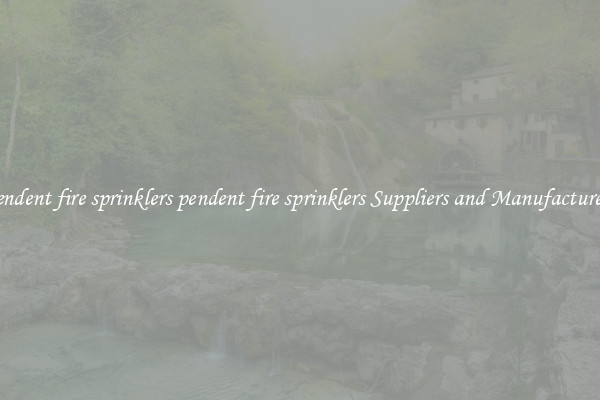Water-Saving and Intelligent Plastic Outhouse Toilets
Water scarcity is a growing concern around the world, and one of the main culprits is excessive water usage in toilets. Traditional toilets can use up to 1.6 gallons of water per flush, leading to wastage of this precious resource. However, a new innovation in toilet technology is aiming to tackle this issue and revolutionize the way we use water in our bathrooms - water-saving and intelligent plastic outhouse toilets.

These innovative toilets are designed to significantly reduce water usage while still providing efficient and hygienic waste disposal. The key feature of these toilets is their intelligent flushing system, which uses sensors to determine the amount of water needed for each flush based on the type of waste. This eliminates the need for a fixed amount of water per flush, thereby saving water with every use.
In addition to their water-saving capabilities, plastic outhouse toilets are also designed to be highly durable and low-maintenance. Made from high-quality plastic materials, these toilets are resistant to corrosion, rust, and wear and tear, making them a long-lasting and cost-effective solution for homeowners and businesses alike.
Furthermore, these toilets are also designed with a focus on hygiene and cleanliness. Many models come equipped with self-cleaning mechanisms that help to reduce the risk of bacteria and germs forming in the toilet bowl. This not only ensures a more pleasant experience for users but also contributes to a healthier environment overall.
Overall, water-saving and intelligent plastic outhouse toilets are a groundbreaking innovation in the field of bathroom technology. By significantly reducing water usage, promoting durability and cleanliness, and offering a low-maintenance solution, these toilets are a sustainable and practical choice for homes, public facilities, and businesses looking to cut down on their water consumption and reduce their environmental impact. With the increasing concerns over water scarcity, investing in these toilets is not only a smart decision but a necessary one for a more sustainable future.

View details

View details

View details

View details








